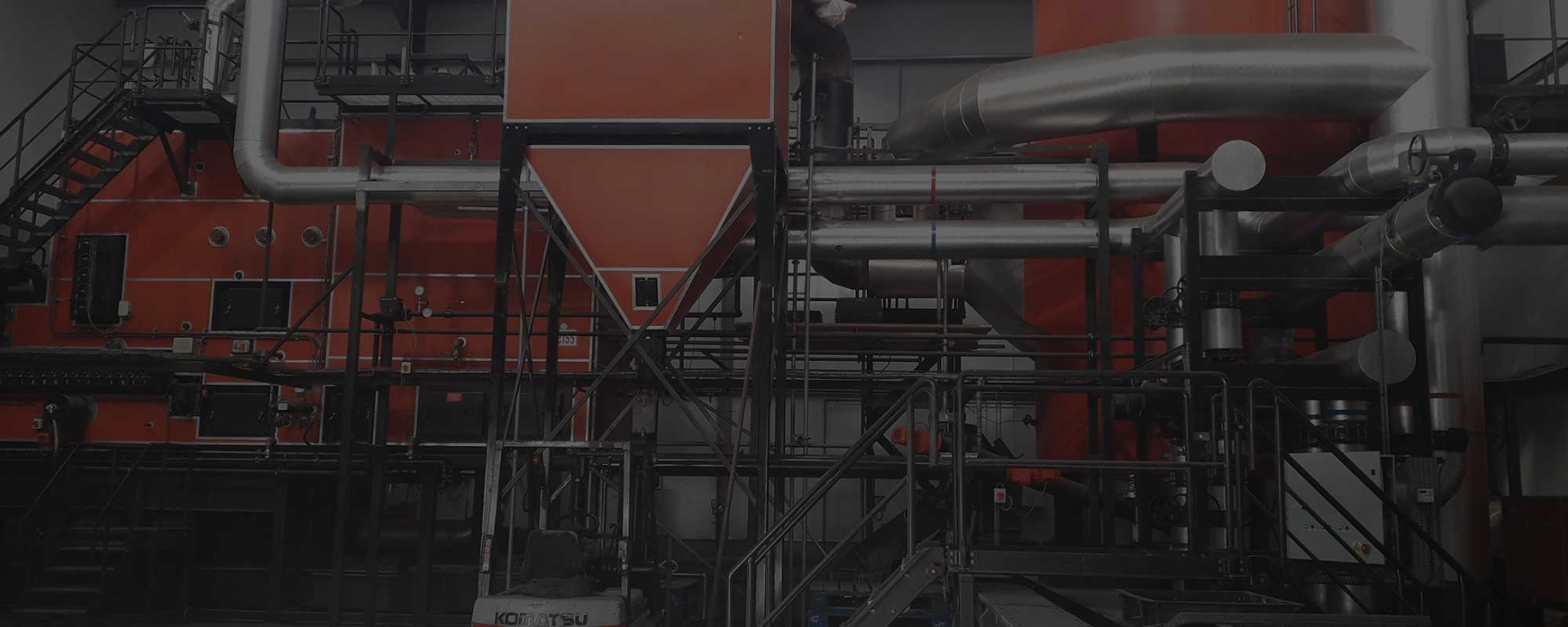Are you an installer of combustion plants? Do your products range over 1MWth input? You may not be aware, but new Medium Combustion Plants (MCPs) require EA Monitoring Certification Scheme (MCERT) accredited ports to be installed for emission testing under Environmental Permit Regulations (EPR). We have found multiple installers and manufacturers are unaware of these requirements, despite the MCERT regulations being around since 2017.
For sites with environmental permits, whether it be with the EA or Local Authority, there are stringent requirements for emission testing to ensure that the sampling is taken correctly, and results are accurate. The EA have provided this guidance online, in MCERT TGN M1, from which the following information is based – you should however read the EA guidance too in case there are any additional requirements not covered in the summary below.
What do I need to know?
The types of emissions to be tested determine the size of the required ports. Particulate Matter (dust) requires at least a 4” British Standard Pipe (BSP) port for adequate testing. For CHPs with only Oxides of Nitrogen emissions, a slightly smaller BSP port (3”) could still be acceptable, but it is always worth checking with an MCERT accredited laboratory on what they would prefer to see and use on site.
Once such example of preferred ports is for plants with circular ducts greater than 350mm diameter, a minimum of two 4” BSP installed at 90° to each other are required. Rectangular ducts require ports on the longest length, where possible. The number and position are dependent on the surface area of the sampling plane, which is why it is important to consider positions and access to these ports during the design phase of the project, not as an afterthought.
Ports also need to be situated as far away from bends, fans, and convergences in the duct as possible, to enable laminar flow to establish after any abatement. Often the length of the straight sections duct work is limited, so if the conditions above cannot be met then best endeavours are often used to position ports in the middle on the longest straight section, which is often on the exhaust stack, internally or externally.
What if the ports are at height?
Access to the sampling ports will also need to be considered and any platforms, whether permanent or temporary, will require sufficient clearance to allow equipment to access the duct to sample. For plants who will require annual testing, permanent platforms should also be considered during design.
What if I do not install ports?
The client could have serious repercussions if EPR compliances are not met, including (but not limited to) the shutting down of their plant and fines. This may, in turn, have an impact on your business as, as the installer, it is your responsibility to ensure that the plant is designed to be compliant with the necessary EPR.
For MCPD, MCERT testing is the base standard, so if you are designing a system from plant to flue, the correct ports are a critical part that should not be forgotten. If you have any concerns about combustion plants you have previously installed, please double check the EA guidance and discuss it with your client. We are also available to provide further advice, should you need it.
If you need support with extractive testing management, an environmental permit, environmental management system, please call the NFU Energy team on 024 7669 8899.


